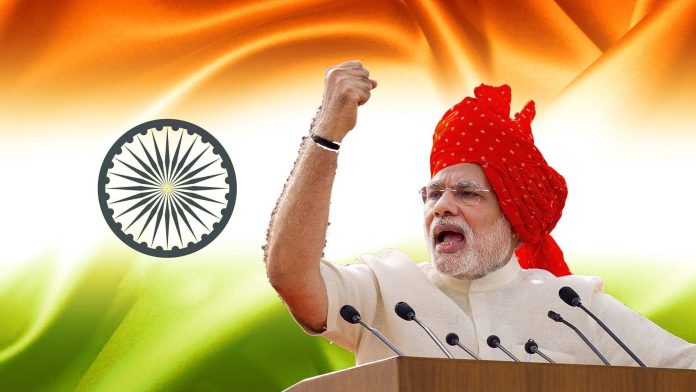In the midst of looming recession fears, as one looks at the state of the world, it could well be said that among all the major economies, India is possibly the only vibrant economy in the world. Industry giants have been applauding India as one of the few bright spots in the global economy with double-digit GDP growth and a prospect of taking over as the emerging power in the global order.
China has for long been the world’s factory floor for high-tech electronics, unmatched in its ability to secure an army of high-skilled workers and the production capacity to handle demand. But the empire of manufacturing in China has been shaken post the Covid-19 wave. The massive collapse in the real estate sector hurt both savings and consumption. China’s bond market is looking more and more like a junk bond market. Fall in sales is crippling local governments that rely on land sales for income. The construction industry, which has been the main driver of the country’s explosive economic growth, is cracking down on excessive lending and derailed speculation in the property market. On the other side India’s debt to GDP ratio declined to 19.4% at the end of June 2022 from 19.9% at the end of March 2022 whereas China Government debt accounted for 20.3 % of the country’s Nominal GDP in Jun 2022. India is gradually on the rising steps to position itself as a giant economy.
India seems set for 7% growth, the fastest among all major economies. The country is building infrastructure—roads, railways, airports—at a rate of knots. India’s liberal and transparent FDI policy makes it a hotspot for investment. The government, on a real time basis, reviews the FDI policy and makes significant changes from time to time, to ensure that India remains an attractive and investor-friendly destination.
Rationalisation of direct and indirect tax structures, Low labour costs, huge untapped market potential, robust banking and financial institutions are contributing factors to help India rise as the manufacturing hub.
As per the information given by the Government, the FDI inflow in India was at its highest ever at USD 81.97 billion in 2020-21, despite the COVID pandemic. In 2021-22, India’s total trade with the world was valued at over $1 trillion, with exports crossing the $400 billion mark for the first time in a fiscal year. The hegemony of the dollar in settling international trade is under scrutiny as more and more counties are looking to bypass it. RBI has reported that it is getting encouraging responses from countries to participate in rupee-based trading.
The Commerce Ministry has finalised a list of 23 countries with which India can trade in local currencies to save precious foreign exchange and strengthen the rupee.
China has been sitting on the throne of semicon manufacturing for a long time but with their severing ties with Taiwan, that is on the verge of being taken from them and India is said to be the dream location. With the government’s 20-billion-dollar incentive package for every part of the supply chain of semiconductors and electronics, India is looking to welcome the major semicon players in the country. In the past couple of years major companies like Apple, Microsoft and Amazon have already shifted a part of their manufacturing to India and its only bound to increase.
With China’s leader rejecting decades of tried-and-true policy by reasserting the power of the Communist Party within the economy and redirecting Chinese business inward, the miraculous boom that the economy was enjoying is slowly fading away. But India under Mr. Modi’s leadership is going under the much-needed economic transformation. He has radically simplified the country’s arcane tax system and is working on policies to boost the FDI. He is an ardent supporter of leading the country to global heights.
At the first instance it may look weird to think that India is a superpower in the making. But all indications are leading towards that thought. It might happen sooner than later.








